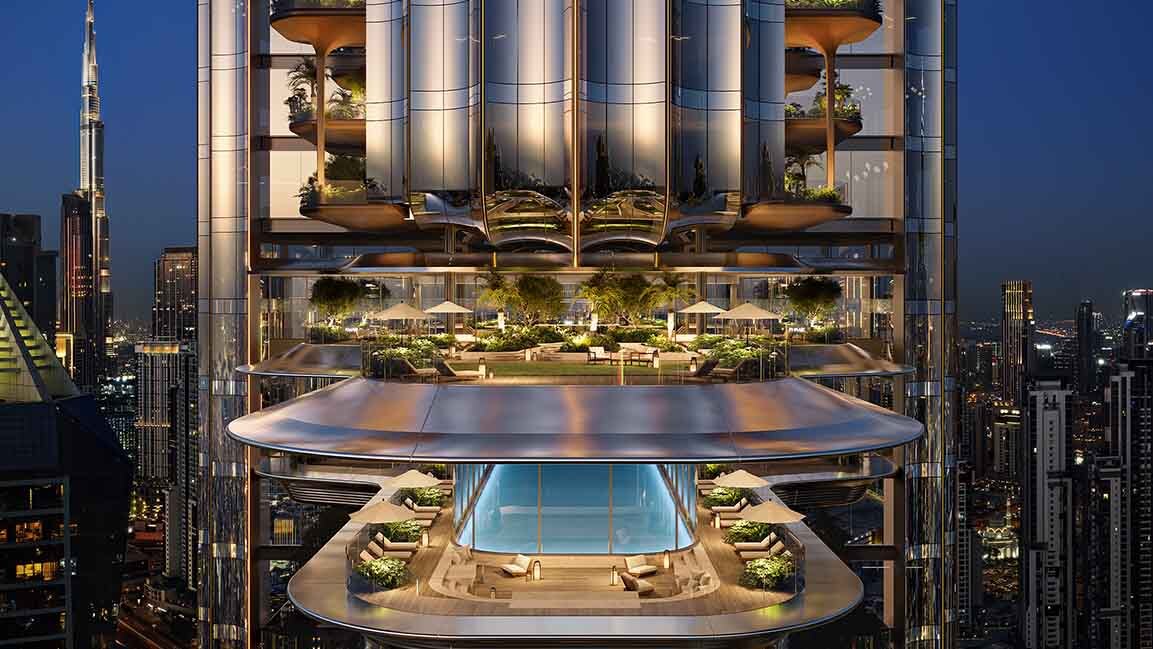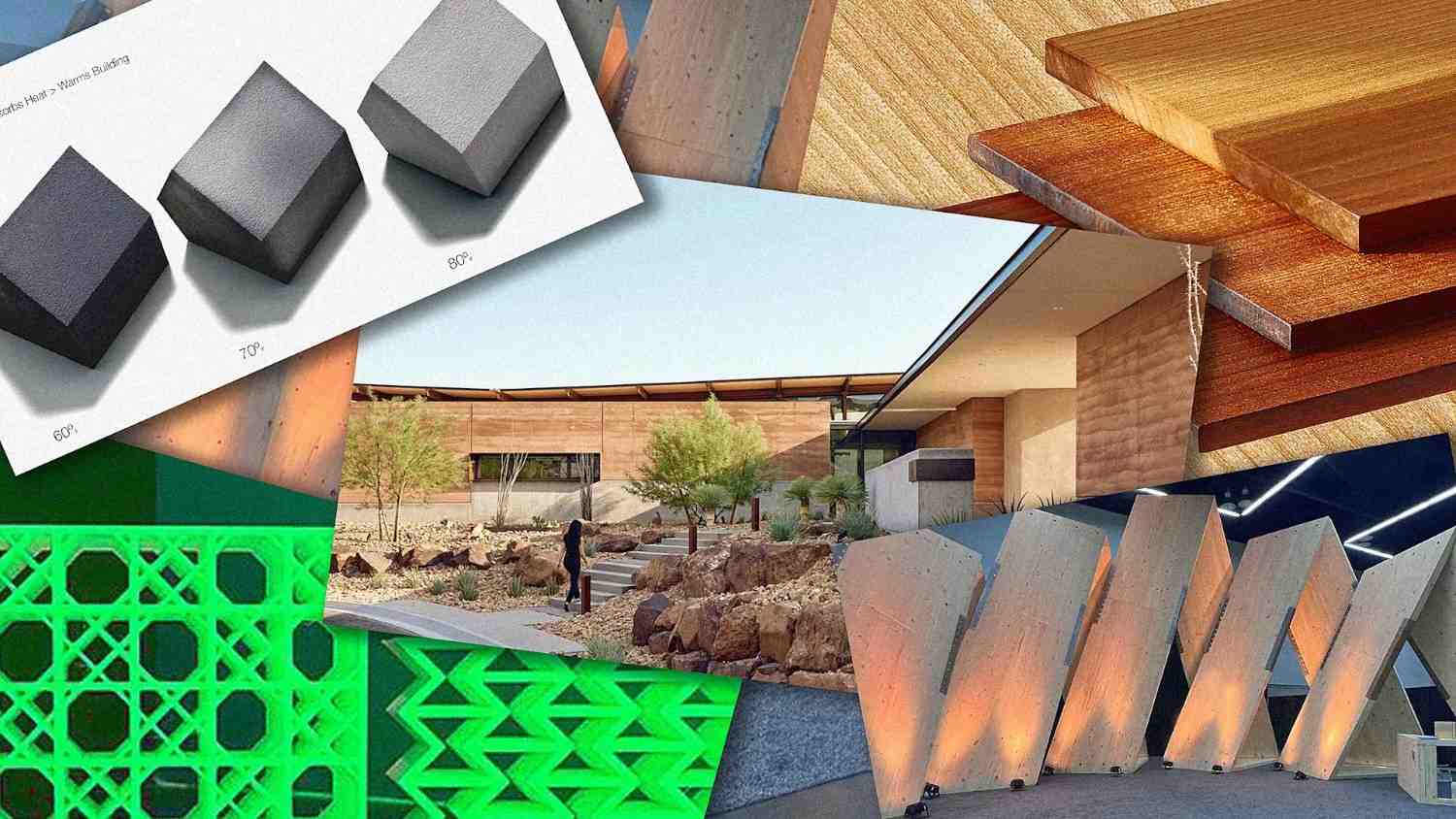- | 10:00 am
How is Omniyat turning buildings into premium design statements?
Design is now the measure of lasting value in luxury real estate

Plenty of buildings turn heads. Fewer hold their value. In cities like Dubai, where the luxury property market has matured fast, that gap is under scrutiny. High-net-worth buyers and institutional investors are no longer swayed by surface appeal alone. Design may begin as an aesthetic choice, but has become a performance metric.
Design-led innovation is shifting that equation. The smartest developments treat design as strategy, blending architecture, technology, and brand into a single, high-functioning product. Nowhere is this more evident than in the ultra-luxury segment, where precision, longevity, and experiential depth are driving a new definition of value. At the center of this design-first movement is Omniyat, a Dubai-based developer exploring how ambitious architectural concepts can be translated into functional living spaces.
Founder and Executive Chairman Mahdi Amjad shaped the company around the belief that ultra-luxury real estate should offer a unique, one-of-a-kind living experience. From The Opus, designed by the late Zaha Hadid, to One at Palm Jumeirah and The Lana, Dubai’s first Dorchester Collection hotel, each project is approached like a collector’s item, created to make an emotional impact and stay relevant over time.
“Today, design-led innovation continues to be the heartbeat of our work,” says Amjad. We continue crafting immersive, emotionally resonant environments for a community that values exceptional design and uncompromising quality.”
For Amjad, luxury goes beyond flashy design to encompass a curated, elevated lifestyle experience in which architecture and design play a central role. Omniyat’s collaborations with renowned architects reflect this approach.
The Lana project with Dorchester Collection, designed by Foster + Partners, introduces a quieter sense of elegance to Dubai’s waterfront. In contrast, The Opus, designed by the late Zaha Hadid, offers a more expressive, sculptural form. Omniyat’s projects reflect an interest in how spaces are experienced, not just how they are seen. He adds, “We work with partners who share that belief.”
OMNIYAT’S VISIONARY COMMERCIAL TOWER
Omniyat recently launched Lumena, a 48-story commercial building on Sheikh Zayed Road, in the shadow of the Burj Khalifa. When complete, it will be the tallest commercial tower in the area. But height isn’t the only defining feature. Lumena takes a considered approach to design, focusing on how people interact with space, how it supports focus, collaboration, and a sense of presence in the middle of a fast-paced city.
Shared spaces throughout the tower, including a Sky Theatre for events at the top, aim to create moments of connection in an otherwise vertical environment. With a development value of over AED 3.6 billion, Lumena reflects a growing appetite in the region for commercial spaces that feel intentional rather than purely functional.
Lumena combines traditional architectural cues with contemporary systems, focusing on wellbeing and adaptability. The design incorporates elements like natural materials, biophilic features, and open views, aiming to create a more considered experience within a commercial environment. Smart infrastructure and flexible layouts are included to allow for changing spatial needs over time.
Design features such as the sculpted façade, double-height glazing, and textured surfaces serve both visual and functional roles. Cantilevered sections throughout the building open up views and create communal areas, while the Sky Theatre at the top includes technical features, such as adjustable acoustics and modular seating to support different types of programming.
That same philosophy shapes how Omniyat approaches its collaborations. The company emphasizes partnerships grounded in shared values rather than fleeting trends.
“We align with partners who share our values: enduring quality, timeless appeal, and a bold vision,” says Amjad. Architecture, interiors, hospitality, and operations are handled by teams with practical experience and a history of delivering on complex projects. The emphasis, he explains, is always on quality, whether it’s location, brand, or operator.
SMART AND SUSTAINABLE
Technology and sustainability play a prominent role in Omniyat’s recent developments. In the case of Lumena, the design places attention on both user comfort and environmental standards. The building is pursuing LEED Platinum and WELL Platinum certifications, suggesting a shift toward measurable performance rather than purely aesthetic considerations.
“Lumena is designed to meet the latest British Council for Offices standards, supporting occupancy density of one person per 10 sqm while maintaining spacious, high-end environments,” Amjad highlights. Beyond sustainability, it also integrates smart infrastructure to future-proof the workplace, balancing innovation with comfort and efficiency.
Sustainability has become a fundamental part of how Omniyat defines luxury. “Luxury and sustainability are not mutually exclusive but increasingly intertwined,” says Amjad.
Omniyat incorporates environmental considerations throughout its projects, from material choices to energy-efficient systems. This approach extends beyond design. Earlier this year, the company issued its first $500 million green sukuk, a notable step in sustainable financing. The move highlights how sustainability is becoming a strategic driver, not just a design consideration, in shaping the company’s future portfolio.
DESIGNING FOR LONGEVITY
The luxury property market in the Middle East has remained resilient amid global economic uncertainty, with Dubai continuing to post steady growth. Amjad points to Omniyat’s recent performance as an indicator. In 2024, the company accounted for more than a third of all residential transactions above $10 million. He suggests this reflects a shift among ultra-high-net-worth buyers toward long-term value rather than short-term trends.
That shift is influencing how luxury developments are imagined and delivered. Buyers are no longer looking only at square footage or location but are increasingly drawn to properties that reflect a particular lifestyle and sensibility.
Dubai’s position as a global lifestyle hub continues to draw interest in ultra-luxury, fully serviced spaces that are designed for more than just living. Amjad notes that staying ahead requires constant reinvention, guided by a clear understanding of what buyers are seeking globally.
“Omniyat will always maintain differentiation and design excellence as the market becomes more competitive,” he says, highlighting a commitment to evolving alongside the city’s rapid transformation.
Underlying all this is a leadership philosophy grounded in a modern understanding of luxury. “Luxury today is defined by meaning, individuality, and emotional resonance,” Amjad explains. For him, a building must speak for itself, not just in design, but in the way it makes people feel and the emotions it evokes.
Omniyat approaches each development as a distinct project, shaped by the context of its location and the expectations of its future residents. The focus is less on following market trends and more on responding to how people want to live, with an emphasis on long-term relevance over short-term appeal.







































